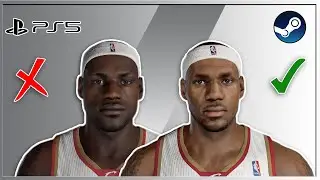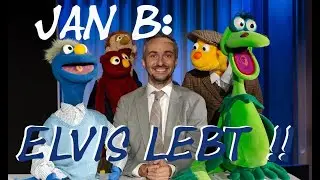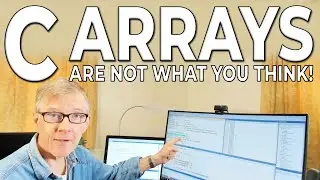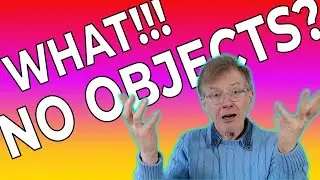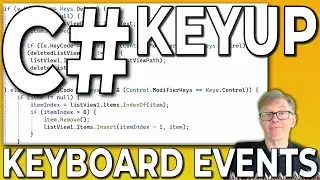Signed and Unsigned Numbers Made Easy! – Bits, Bytes & Binary Numbers
Numbers that are signed (can have positive or negative values) have different ranges of values from numbers that are unsigned (positive only values) and it’s all down to a simple 1 or 0 – the vaklue of the leftmost bit in a byte. Why is that?
In this lesson, I explain exactly how each bit contributes a value to a given number and how that value can be switched from plus to minus. I also return to a problem I looked at some time ago: why do big positive numbers sometimes get changed to negative?
MORE LESSONS
=============
To follow all this series on bits, bytes and binary numbers, go to the “Down To The Metal” playlist:
• Down To The Metal
Lessons on specific topics:
Why Do Big Numbers Turn Negative?
• Why Do Big Numbers Turn Negative (in ...
What is a Binary Number?
• What Is A Binary Number?
Bits, Bytes and Binary Numbers:
• Bits, Bytes and Binary Numbers
Be sure to subscribe to the Code With Huw channel so that you get a notification when I upload more lessons in this series.
PROGRAMMING BOOKS
====================
If you want to learn programming in more depth (and also support this channel!) you might think of buying one of my books. I have written books on C programming, Using Pointers in C, Recursion and other programming topics. You can buy my books (paperback or Kindle) on Amazon.
“CODE WITH HUW” ON TWITTER:
=================================
/ codewithhuw
“CODE WITH HUW” ON FACEBOOK:
=================================
/ codewithhuw
Good luck! And good programming!

![Complete online adult ballet center [30 minutes]](https://images.videosashka.com/watch/IgZEpRMQ-cE)
